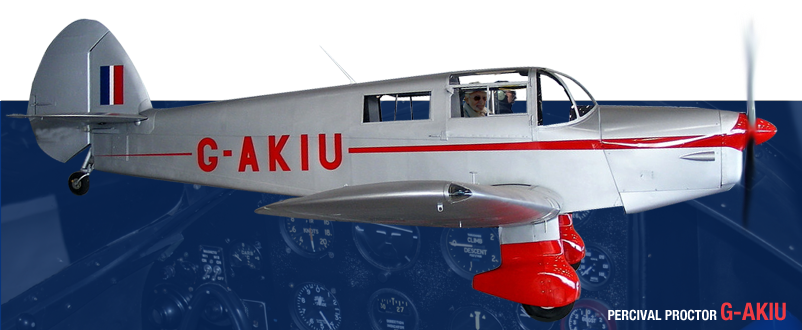
G-AMSV Returns to Coventry
An old friend returned to Coventry yesterday when G-AMSV, in her striking Indian Air force livery, landed here for extensive maintenance by our engineers. Sierra Victor was part of the Air Altantique fleet here for many years. She'll...
Baginton Air Pageant
The initial details for the Baginton Air Pageant are up on the website! As we don't have the space for a full-on air show attracting 20,000 or so people, we're aiming for low-key, themed days like this. A couple of thousand people,...
Newquay Pleasure flights
We promised we'd be back to fly in Cornwall, and here we are. We'll be heading south with a Rapide and Chipmunk to spend a week at Newquay from 25th July, with a further visit planned in August. The flights are bookable in the normal...
New Dakota Book
Geoff Jones just told me that his new book on the DC-3, released to celebrate the 80th anniversary of the Dak's appearance, is now available. The cover sports a lovely shot of G-ANAF, shot by Simon Westwood before her radome goiter was...
Nimrod Engine Run
We've just confirmed plans by NPT to run all four of the Nimrod's Rolls-Royce Speys on Saturday 9th May. We expect the thunder to start just after lunchtime. Come along and enjoy some audio power - and please dip into your pockets...


Edgar Percival developed the Proctor from his earlier Percival Vega Gull design in response to Air Ministry Specification 20/38 for a radio trainer and communications aircraft. The prototype Proctor first flew in October 1939 and the type was immediately selected for service with both the RAF and the Royal Navy.
Although the aircraft was devised as a training and liaison machine trials were conducted in 1940 to see whether the aircraft could be used as a bomber in the event of a German invasion – luckily the aircraft never had to test its capability in anger!
In normal service the Proctor I was used as a three-seat communications aircraft, whereas the later Proctor II and Proctor III were three-seat radio trainers. The Proctor IV was ordered in 1941 as a four-seat radio trainer with an enlarged fuselage and a 210hp Gipsy Queen engine. Post-war a civilian model of the Proctor IV was derived and dubbed the Proctor 5. Although aimed at the private owner as well as business and light charter use the RAF also purchased four for use by Air Attachés. By the time production ended a total of 1,143 Proctors had been built but only a handful of these survive today.

